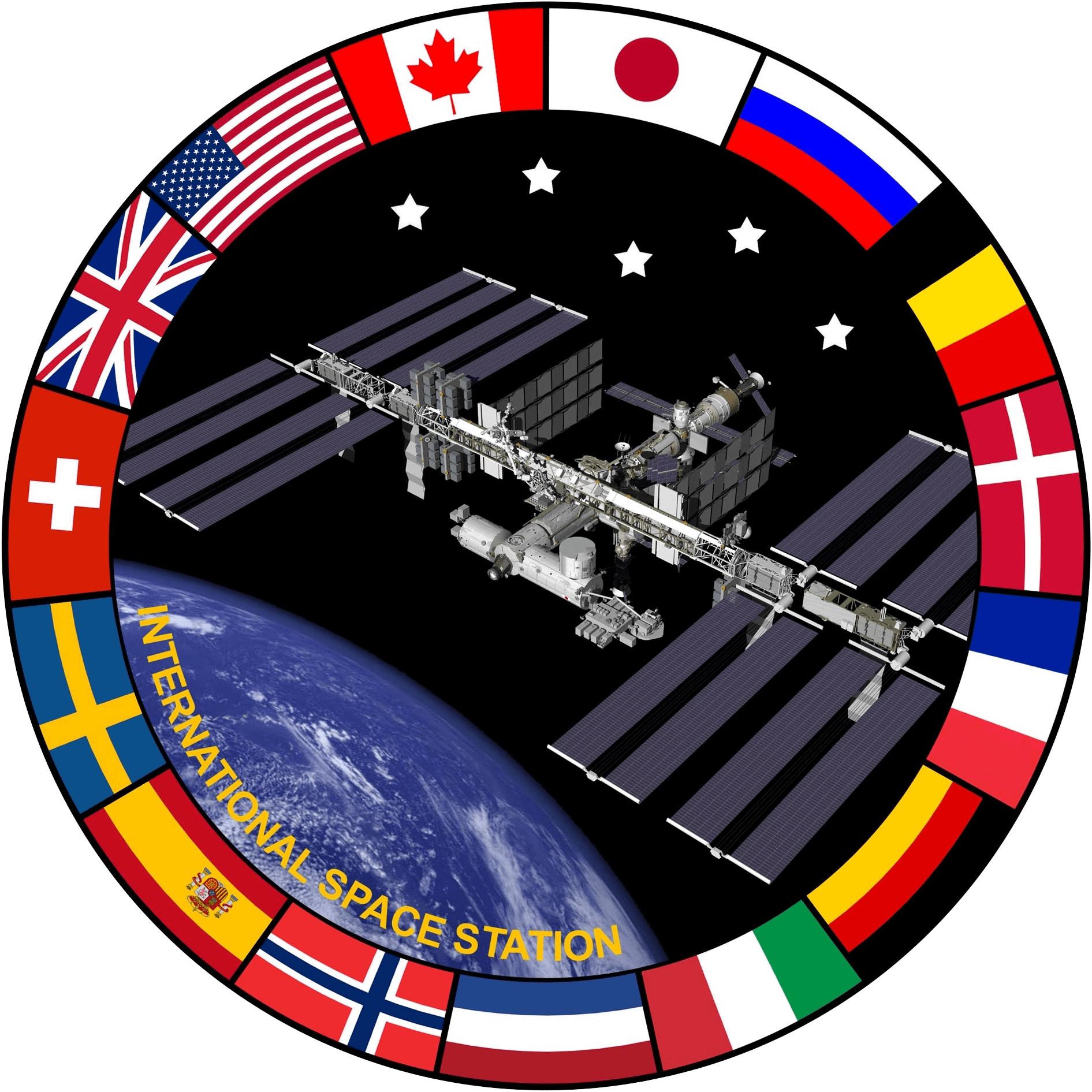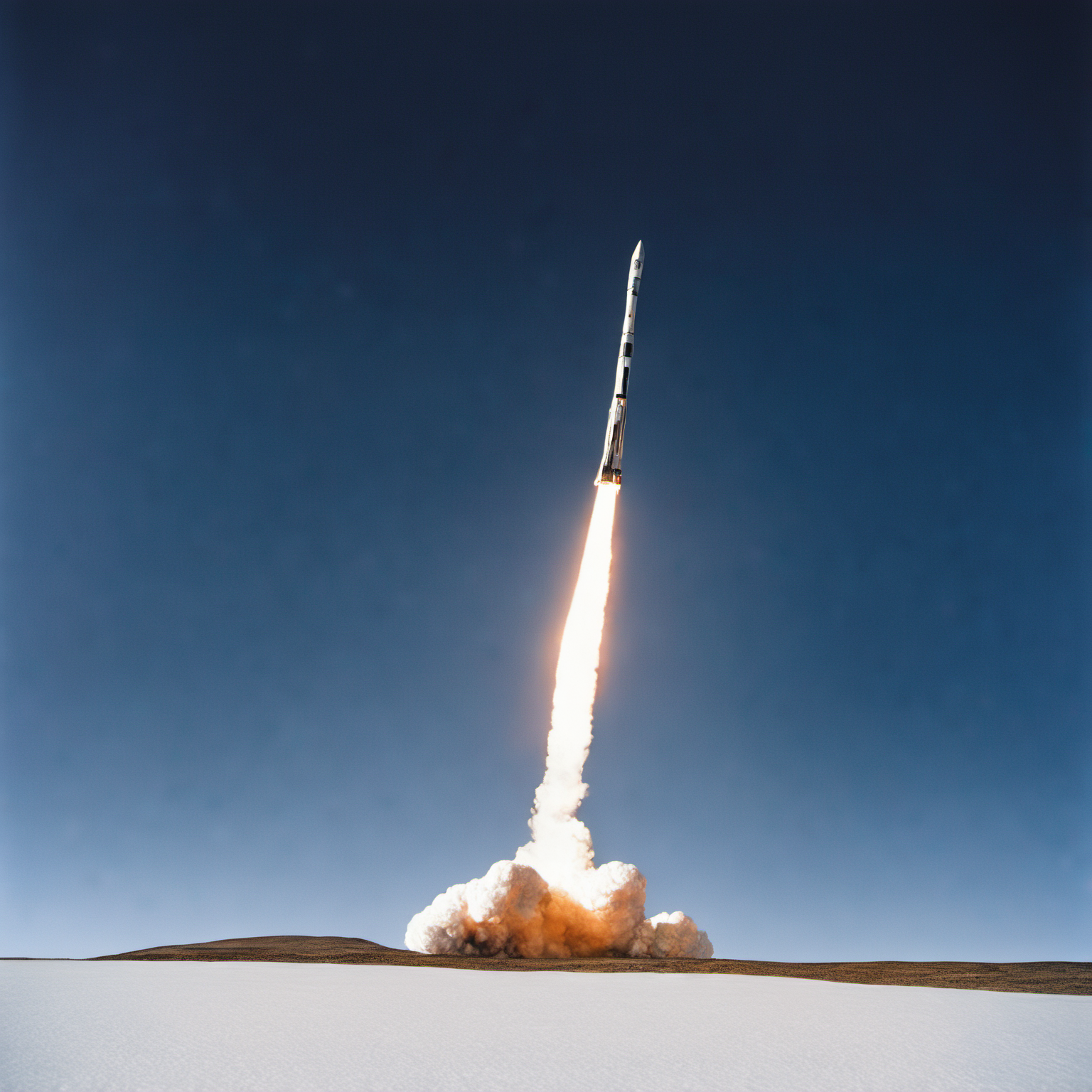· space brief · 6 min read
Space Brief 2 Jul 2025
Explore today's major events in space, including military advancements in satellite tracking, new missile defenses, and significant defense funding decisions.

📄Top Stories
LeoLabs gains U.S. military funding to develop a mobile radar system for missile tracking, solidifying its role in space-based defense technology. In parallel, Boeing strengthens its position in defense by confirming Steve Parker as the permanent head. Simultaneously, new electronic warfare tactics and missile defenses have significantly aided Israel in a recent conflict with Iran.
📰Detailed Coverage
LeoLabs Secures U.S. Military Funding for Mobile Radar
LeoLabs has received substantial financial backing from the U.S. military to advance its mobile radar capabilities, designed to enhance missile tracking from space. The funding, provided through a Tactical Funding Increase (TACFI) agreement, underscores the critical role of innovative satellite technologies in national defense strategies.
Beyond its immediate military applications, this mobile radar advancement demonstrates the broader potential of satellite technology in monitoring and managing space debris, which supports the mission of maintaining safer orbital pathways. For satellite enthusiasts and professionals, our web app offers real-time tracking features that enhance monitoring efforts related to these developments.
Read the full story: SpaceNews
Air Force’s New Production Extension Program
The U.S. Air Force announces a shift in strategy regarding its tanker fleet with the introduction of a new “production extension” program. Using the Boeing KC-46 Pegasus’s existing capabilities as the baseline, the program aims to streamline requirements and potentially extend Boeing’s role in manufacturing.
This decision reflects ongoing challenges in defense acquisition, where cost-efficient solutions need to marry capabilities with budget constraints. The implications for aerospace contractors are significant, indicating a trend toward leveraging existing platforms in defense procurement.
Read the full story: Breaking Defense
Senate Advances Defense Megabill
In a narrow 51-50 vote, the U.S. Senate has moved forward a $150 billion defense funding bill, requiring Vice President JD Vance’s decisive vote. The bill, while advancing defense capabilities, faced opposition from several Republican senators focusing on budgetary concerns and priorities.
This legislative move highlights the shifting priorities in defense spending, emphasizing enhanced funding for defense initiatives including those in space and missile defense technologies.
Read the full story: Breaking Defense
New Missile Defenses Aid Israel
In light of a recent 12-day conflict with Iran, Israel’s deployment of new missile defense systems and electronic warfare tactics proved crucial. These advancements are hailed for reshaping modern warfare dynamics, offering a robust defense against missile threats.
This development highlights the growing importance of sophisticated tech in defense, drawing parallels with global initiatives to incorporate cutting-edge solutions in military strategies, including satellite-linked defenses.
Read the full story: Breaking Defense
Boeing’s Leadership Stability
Boeing has announced that Steve Parker will remain as the permanent head of its defense division. This leadership confirmation comes after a period of interim management, marking stability and strategic continuity for the defense giant.
Parker’s appointment signals Boeing’s ongoing commitment to its defense segment, navigating challenges and capitalizing on opportunities within the defense and aerospace industries.
Read the full story: Breaking Defense
🛰️Satellite Spotlight
- Satellite Name: NETSAT-4
- NORAD ID: 46504
- Launch Date: September 28, 2020
- Mission: NETSAT-4 is part of a series focused on testing and validating new satellite communication technologies.
- Orbit: LEO (Low Earth Orbit)
- Operator: ZFT
- Fun Fact: This CubeSat is designed with solar cells and batteries, optimizing efficiency for its communication tasks in orbit.
Track this satellite in real-time on our web app: Track NETSAT-4
🌌Space Weather
Space weather conditions are currently quiet.
Current
R0 - S0 - G0
Last 24 Hour Maximums
R0 - S0 - G0
Recent Alerts
- Electron Flux Alert: Continued alert for Electron 2MeV Integral Flux exceeding 1000 pfu since June 27, with a maximum observed yesterday of 2650 pfu. Potential impacts include significant charging to satellite systems.
Next 24 Hours
-
Radio Blackouts Probability
- Minor: 20
- Major: 5
- Risk: None
-
Solar Radiation
- Probability: 5
- Risk: None
-
Geomagnetic Storming
- Scale: 1
- Impact: Minor
- Activity: Moderate
-
Impact Summary
- Next 24 hours: No risk of radio blackouts.
- No risk of solar radiation storms anticipated.
- Moderate geomagnetic activity is expected with minor geomagnetic storms likely on July 2-3 due to the arrival of the June 28 CME.
- A slight chance for R1-R2 (Minor-Moderate) radio blackouts persists through July 4 due to isolated M-class flare activity.
Long Term Forecast
- Forecast of Solar and Geomagnetic Activity (June 30 - July 26, 2025)
- Solar activity is expected to remain low from June 30 to July 4.
- Moderate activity (R1-R2, Minor-Moderate) likely from July 5 to July 26 with the return of old Regions 4114 and 4117 on July 5 and July 12, respectively.
- No proton events are expected at geosynchronous orbit.
- Elevated electron flux (greater than 2 MeV) is likely on various days due to recurrent CH HSS influence.
- Geomagnetic activity is forecasted to reach unsettled to active levels, with G1 (Minor) storms expected on July 2-3 and other dates in July due to recurrent CH HSS activity.
Upcoming Space Launches
July 3
-
China Aerospace Science and Technology Corporation Long March 4B:
- Unknown Payload from Xichang Satellite Launch Center, People’s Republic of China (09:26 UTC)
-
Russian Federal Space Agency (ROSCOSMOS) Soyuz 2.1a:
- Progress MS-31 (92P) from Baikonur Cosmodrome, Republic of Kazakhstan (19:32 UTC) Progress resupply mission to the International Space Station.
July 8
- SpaceX Falcon 9 Block 5:
- Starlink Group 10-28 from Cape Canaveral SFS, FL, USA (05:48 UTC) A batch of satellites for the Starlink mega-constellation - SpaceX’s project for space-based Internet communication system.
July 16
- Indian Space Research Organization GSLV Mk II:
- NISAR (NASA-ISRO Synthetic Aperture Radar) from Satish Dhawan Space Centre, India (11:30 UTC) The NASA-ISRO Synthetic Aperture Radar, or NISAR satellite, will use advanced radar imaging to map the elevation of Earth’s land and ice masses 4 to 6 times a month at resolutions of 5 to 10 meters. It is designed to observe and measure some of the planet’s most complex natural processes, including ecosystem disturbances, ice-sheet collapse, and natural hazards such as earthquakes, tsunamis, volcanoes, and landslides.
July 25
- Russian Federal Space Agency (ROSCOSMOS) Soyuz 2.1b/Fregat-M:
- Ionosfera-M 3 & 4 from Vostochny Cosmodrome, Siberia, Russian Federation (05:54 UTC) Ionosfera is a constellation of four ionospheric and magnetospheric research satellites developed by Roscosmos for the project Ionozond.
July 26
- Arianespace Vega-C:
- CO3D & MicroCarb from Guiana Space Centre, French Guiana (02:03 UTC) CO3D is a CNES-Airbus Defence & Space constellation of four small satellites designed to map the globe in 3D from low Earth to serve public and private sector needs. MicroCarb is a small satellite designed to map sources and sinks of carbon dioxide (CO2)—the most important greenhouse gas—on a global scale.
July 31
-
Gilmour Space Technologies Eris-1:
- Maiden Flight from Bowen Orbital Spaceport (00:00 UTC) Maiden flight of Gilmour Space’s orbital launch vehicle Eris.
-
SpaceX Falcon 9 Block 5:
- Bandwagon 4 (Dedicated Mid-Inclination Rideshare) from Cape Canaveral SFS, FL, USA (00:00 UTC) Dedicated rideshare flight to a mid-inclination orbit with dozens of small microsatellites and nanosatellites for commercial and government customers.
Note: Launch dates and times are subject to change due to technical or weather considerations.

Maurice Stellarski




